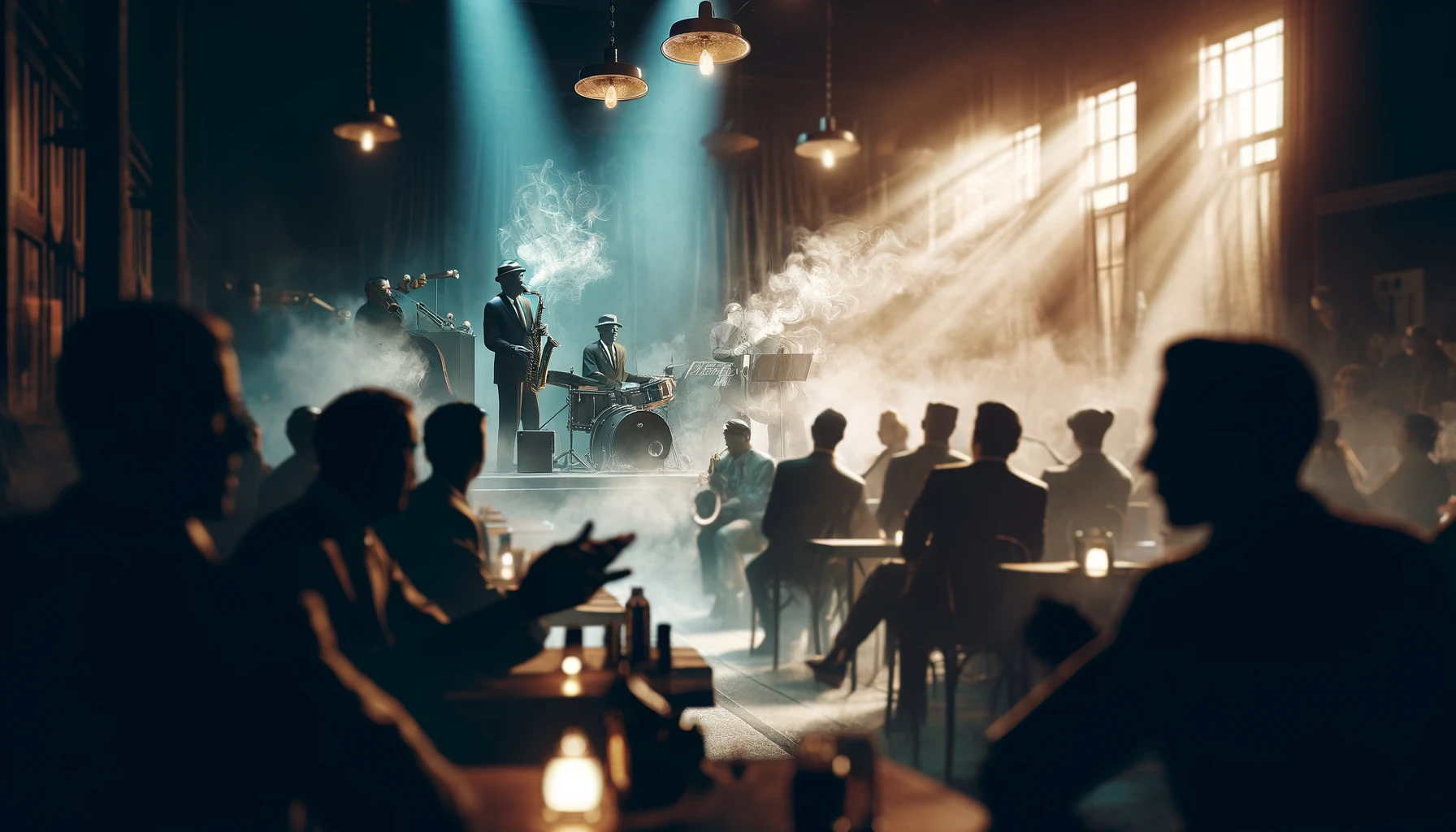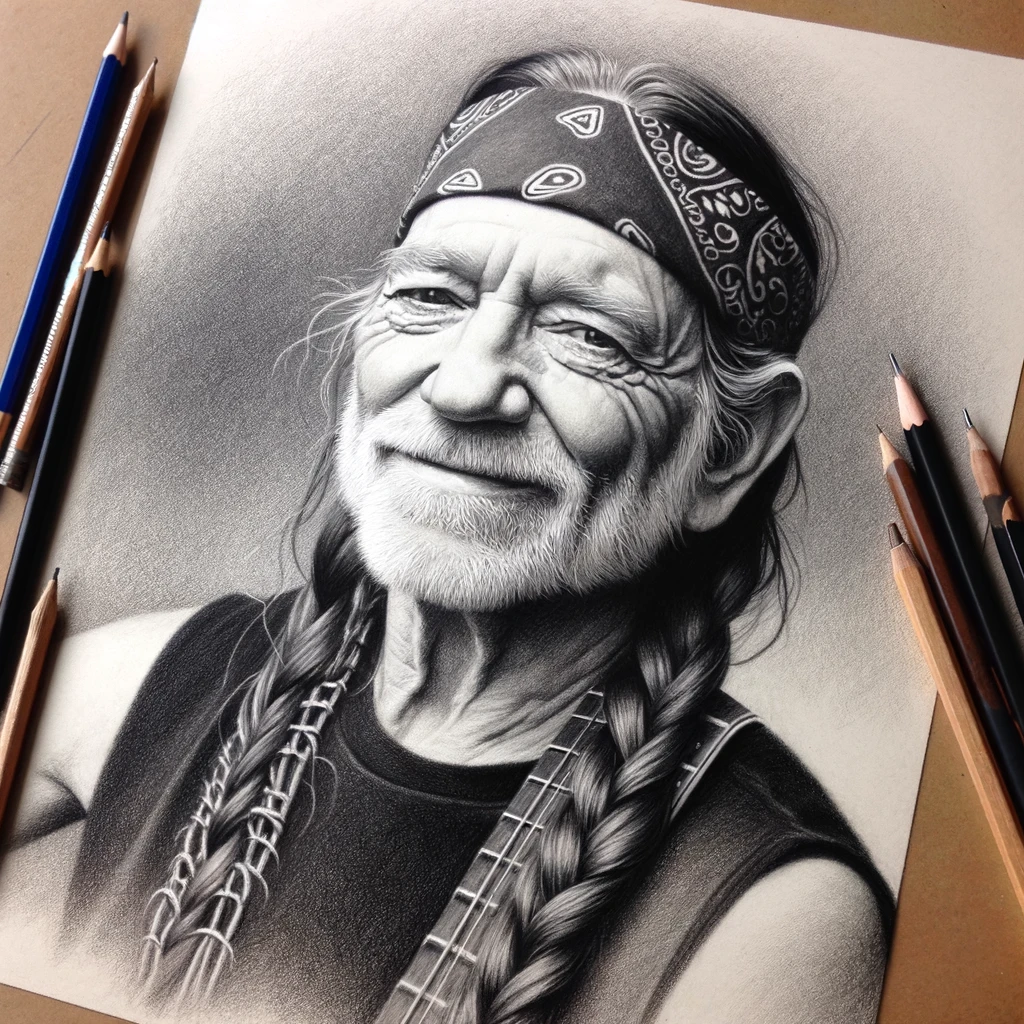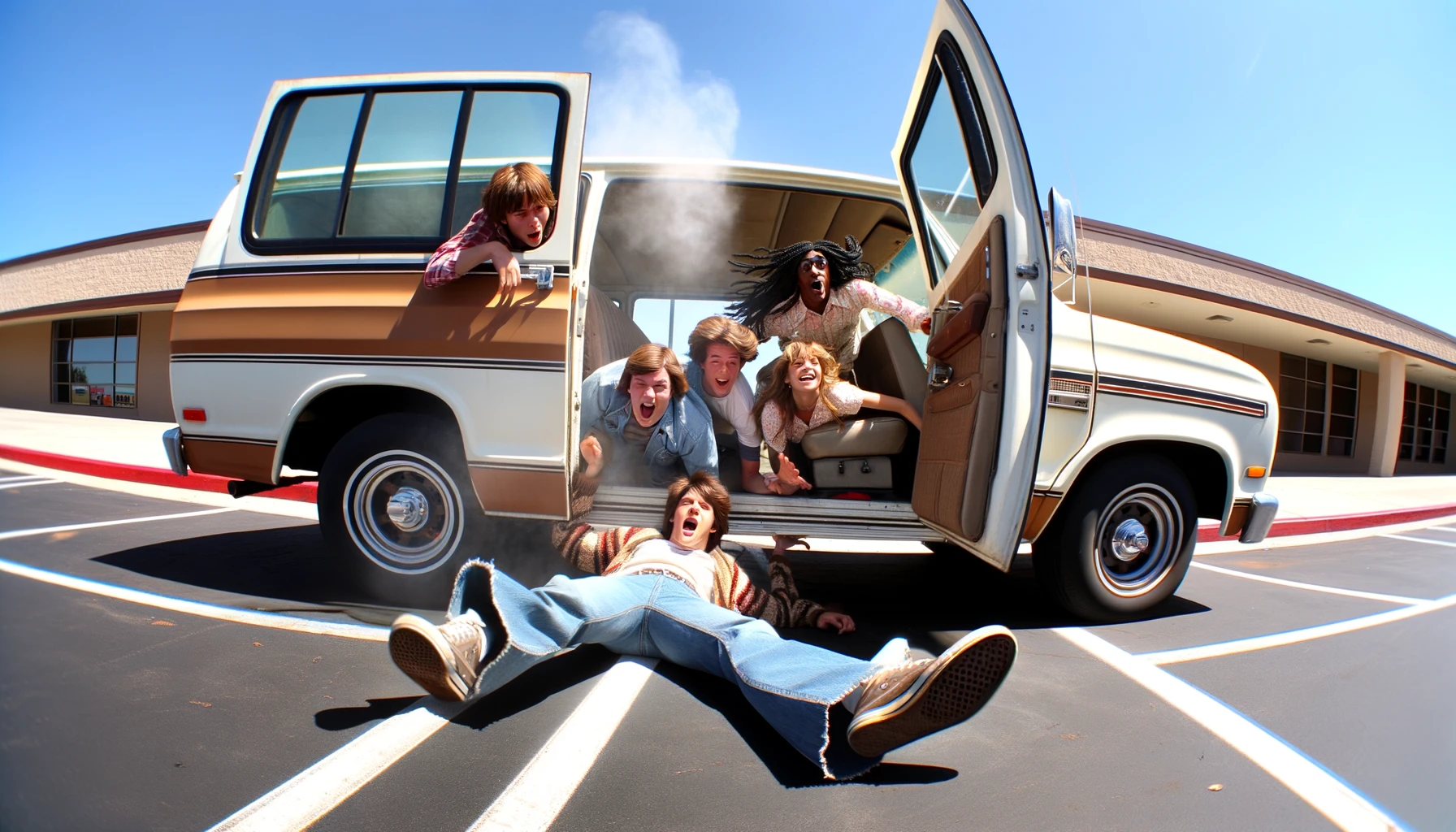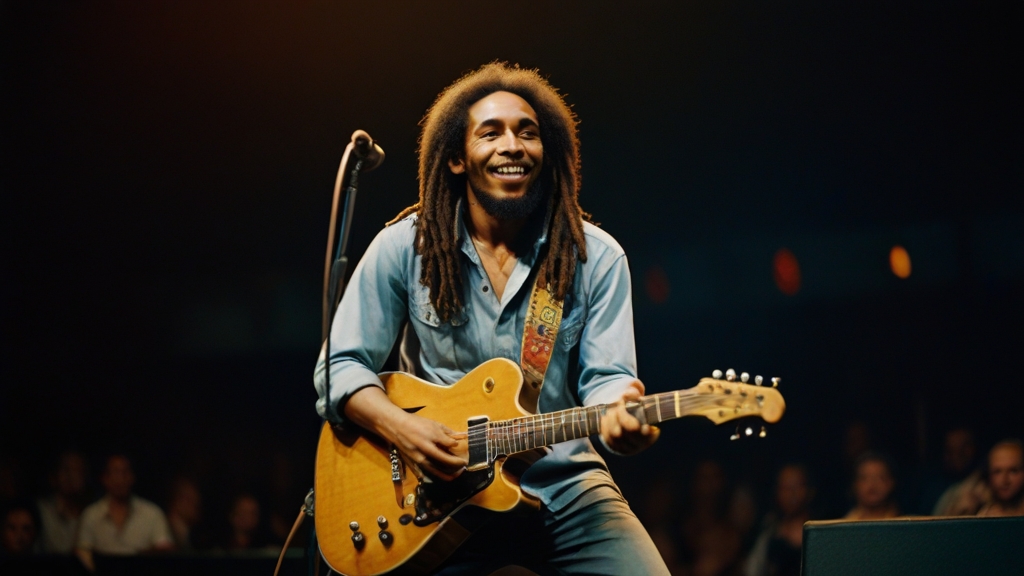Cannabis has long intertwined with the arts, serving as both muse and medium across music, film, and literature. As cannabis gains in mainstream culture, its influence is increasingly evident in the creative expressions of today’s artists.
Let’s explore the long time relationship between cannabis and the arts, celebrating its historical roots and impact on modern creativity.
Cannabis and Music
The sometimes tenuous relationship between cannabis and music has had as much diversity as the genres it influences.
From the jazz clubs of the 1930s to the rock stages of the 1960s, 70s, 80s and into the studios where hip-hop and reggae were born, cannabis has been a notable influence, enhancing creativity and connecting artists with their audiences.

In the jazz era, musicians like Louis Armstrong, who not only revolutionized music but also slyly advocated for cannabis, used it to enhance their musical perception and soothe the stresses of touring. Armstrong once described marijuana as “a thousand times better than whiskey… [it’s] an assistant and a friend.“
The 1960s and 1970s saw rock and folk musicians openly embracing cannabis, aligning themselves with the counterculture movements and protests against mainstream norms. Bands like Grateful Dead became synonymous with cannabis culture, often celebrating it as part of their music and lifestyle.
This era cemented cannabis as a symbol of artistic freedom and rebellion against societal expectations.
Diverse Influence Across the Genres

While reggae and hip-hop prominently feature cannabis in their lyrics and culture, other genres also show significant influences, albeit sometimes more subtly.
Country: Beyond Willie Nelson, artists like Kris Kristofferson have occasionally referenced cannabis in their songs and personal stories. Kristofferson once joked about how “a joint was a pretty good writing tool” when discussing the creative process behind some of his biggest hits.
Jazz: The improvisational nature of jazz seems to harmonize well with the effects of cannabis. Miles Davis was known to use cannabis as a way to “open up” his mind for deeper musical exploration. He never publicly advocated for it but was known to have said in private sessions that it helped him “hear music in layers.”

Reggae and Hip-Hop: Icons such as Bob Marley and Snoop Dogg have not only embraced cannabis but have made it central to their musical and public personas, often advocating for its benefits.
Rock: Bands like The Beatles incorporated cannabis into their lifestyle, influencing some of their most innovative works.
Many musicians credit cannabis with fueling their creative process, helping them explore new depths of musical innovation.
Cannabis and Film
From stoner comedies to dramatic films, cannabis has evolved from a comedic trope to a complex character in movie narratives.

Stoner Comedies: Films like “Pineapple Express” highlight cannabis-centric humor.
Dramatic Films: More serious films use cannabis to delve into themes of life, freedom, and struggle, reflecting broader societal acceptance.
Creative Influence: Directors and actors discuss how cannabis can be a creative tool in storytelling, influencing both plot development and performances.
Cannabis and Literature
Cannabis has not only permeated the worlds of music and film but has also left a profound impact on the field of literature.

This influence is evident not just in the thematic presence of cannabis within the stories, but in the ways it has helped authors break through creative barriers and explore deeper psychological and narrative realms.
Literary Giants and Their Cannabis Confessions
Hunter S. Thompson, famous for his gonzo journalism, openly discussed his use of cannabis among other substances as tools for exploring the extremes of the human condition. His works often blur the line between fact and fiction, a testament to his unique, substance-influenced narrative style.
Thompson once said, “I have always loved marijuana. It has been a source of joy and comfort to me for many years.”
Jack Kerouac, one of the pioneers of the Beat Generation, also incorporated cannabis into his creative process. While much of his drug use in literature was coded during his time, later accounts and biographies reveal that cannabis was a part of his toolkit for unleashing the stream of consciousness style seen in On the Road.
Kerouac captured the essence of his experiences with cannabis in various personal journals, noting, “The marijuana high had me floating, serene and thoughtful, contemplating the stars.”
Modern Writers and Cannabis

In more recent years, contemporary authors have been more open about their use of cannabis. Michael Chabon, the Pulitzer Prize-winning author, has spoken about using cannabis to help him relax and open up new creative pathways when writing novels like The Amazing Adventures of Kavalier & Clay.
Chabon describes his use of cannabis as a “brilliant tool,” particularly when needing to unwind and let his imagination run free during intensive writing sessions.
Zadie Smith, in interviews, has mentioned her occasional use of cannabis while working on complex narratives, suggesting that it helps her think in an “unusual way,” enabling her to weave intricate, multi-layered stories such as those in White Teeth and NW.
She’s quoted as saying, “Sometimes, you find yourself bogged down, unable to see the wood for the trees. At times like these, I’ve found that a little cannabis can act like a breeze, clearing away the fog.”
Historical Artist Insights on Cannabis
Historical and contemporary artists alike have discussed how cannabis has been a part of their creative process.

Jimi Hendrix: “It [cannabis] clears my mind and helps me connect with the music on a deeper level.”
Lady Gaga: “I smoke a lot of pot when I write music. I’m not gonna sugarcoat it for you. I find it brings a lot of clarity.”
Willie Nelson: “Marijuana is a lot like a musician. It’s a friend, a companion, and it makes the lows not so low and the highs even better.”
Seth Rogen: “I smoke weed when I write, when I’m going through a creative process. It’s very much a part of my routine.”
These feelings reflect the personal experience, of these artists who have embraced cannabis as a part of their artistic toolkit.
Dusting the bowl on this post….
As we explore the intricate layers of cannabis’s influence across music, film, literature, and beyond, it’s clear that this green muse has woven itself into the fabric of artistic expression.
In closing, as we consider the harmonious relationship between cannabis and the arts, we are reminded of the beauty in exploration and the power of open expression. Just as a bong brings different elements together to create a single, impactful experience, so too does cannabis help fuse creativity with culture, allowing artists to transcend traditional boundaries and explore new realms of possibility.
So, let’s continue to support and celebrate the vibrant world of cannabis-influenced art and the artists who create it.

